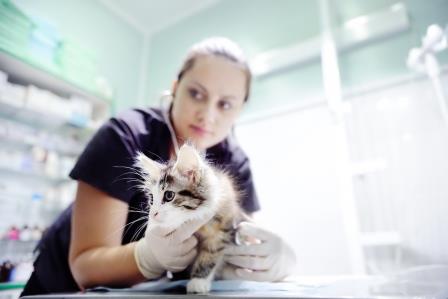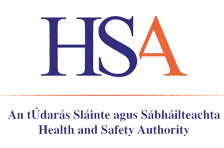Zoonoses

Zoonoses or zoonotic diseases are any diseases and/or infections which are naturally transmissible directly or indirectly between animals and humans. More than three quarters of human diseases are zoonotic.
Zoonotic diseases may be occupationally-acquired, but are not exclusively occupational diseases. Some zoonotic agents (biological agents which are likely to cause a zoonosis/zoonotic disease) can cause serious disease in humans but have little or no effect on animals (e.g. verocytotoxin producing Escherichia coli O157), whereas others such as Rabies virus can cause serious disease in both humans and animals.
Transmission
Transmission (how the zoonotic agent spreads from animals to humans) may occur via:
- direct contact with infected animals, such as in a farm or veterinary setting or
- indirect contact involving contact with infected animal secretions (e.g. saliva, blood, urine, mucous, faeces, or other body fluids) or products.
The zoonotic agent may enter the body via:
- inhalation e.g. breathing in an airborne zoonotic agent;
- ingestion e.g. consumption of food or drink contaminated with a zoonotic agent;
- absorption e.g. entry of the zoonotic agent through broken skin; or
- injection e.g. bite or scratch from an infected animal or via an intermediate species (known as a vector e.g. ticks or mosquitoes which carry the zoonotic agent without getting infected). Lyme disease is an example of a vector borne disease.
Who May be at Risk?
Workers who may be at risk of zoonoses include those who work in:
- contact with live or dead infected animals e.g. farmers, veterinarians, animal removal services, local authority workers, zoo keepers, pet shop workers;
- contact with aerosols, dust or surfaces contaminated with animal secretions;
- animal trade, breeding or slaughtering facilities;
- contact with contaminated water or land e.g. outdoor leisure workers, wastewater treatment workers, construction workers, forestry workers, landscapers/gardeners;
- cleaning or disinfection jobs in contaminated areas;
- research laboratories; or
- customs officials.
Anyone can become sick from a zoonosis, including healthy people. However, some people may be more at risk than others e.g. older workers or workers with weakened immune systems. Some infections during pregnancy such as those caused by the zoonotic agents responsible for listeriosis, toxoplasmosis or Q fever, can lead to miscarriage, stillbirth, premature delivery, or life-threatening infection of the newborn.
Precautions
Good occupational hygiene and animal practices will help reduce the risk of infection.
Although the risk of infection is low, pregnant women should still avoid contact with certain animals and their products during pregnancy. For example, if pregnancy is suspected or confirmed, do not help deliver calves, kids or lambs and avoid contact with new born lambs, birthing by-products and contaminated bedding etc. Avoid handling and washing other people's clothing worn during lambing. Ensure such clothing is washed separately from other washing.
Further Information
- Biological agents in animal related occupations (European Agency for Safety and Health at Work)
- Zoonoses - Food Safety Authority of Ireland
- Zoonotic Diseases - Health Protection Surveillance Centre
- Zoonoses (Infections Acquired from Animals (Public Health Agency Northern Ireland)
- Zoonoses - Health and Safety Executive (UK)




